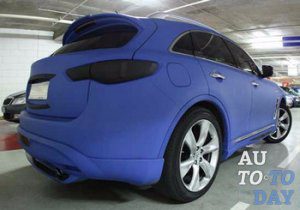
What is Formula 1 races - how are the stages of F1, the basics for "dummies"
Content
Every manufacturer, claiming to be the leading brand in the automotive world, has thought about taking part in automobile competitions at least once in its existence. And many succeed.
This is done not only out of sports interest. Racers are interested in testing their skills in extreme conditions. For an automaker, this is primarily an opportunity to test the reliability and efficiency of its products, as well as test new technologies.
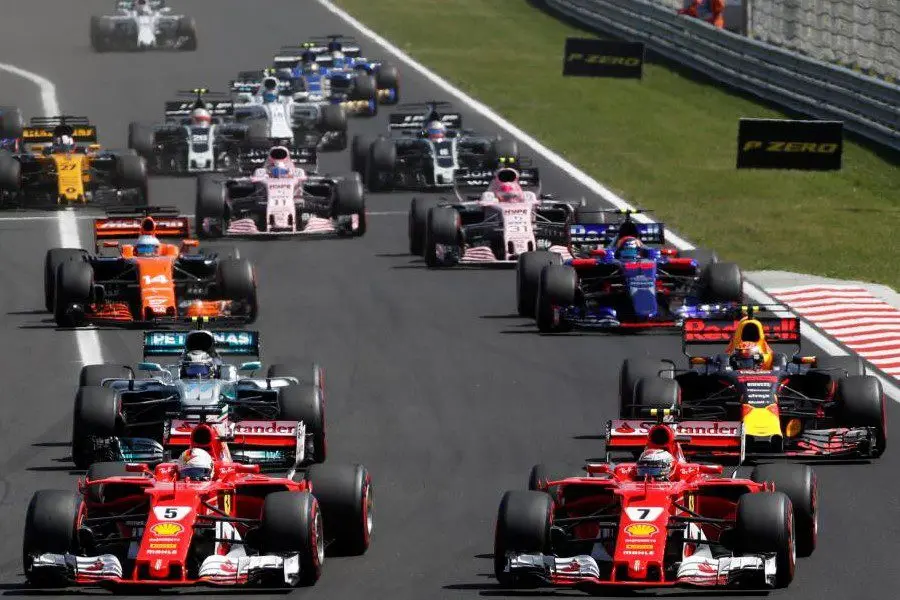
A little earlier Avtotachki presented a quick overview of the most popular car races in the world... Now let's dwell on the Grand Prix category. What is this race, the basic rules of the competition and some subtleties that will help beginners understand the details of races on cars with open wheels.
Essentials for beginners and dummies
The first race of Formula 1 took place in the 50th year of the last century, although until 1981 the competition was called the World Championship for racers. Why is the formula now? Because it is a set of rules that create a certain combination that allows only the best pilots to participate in races on the most innovative and fastest cars.
The competition is controlled by an International Group called the Formula1 Group. Throughout the year, there are several stages on different tracks. In the Grand Prix, both individual pilots who strive to obtain the title of world champion and teams compete for the title of the best constructor compete.
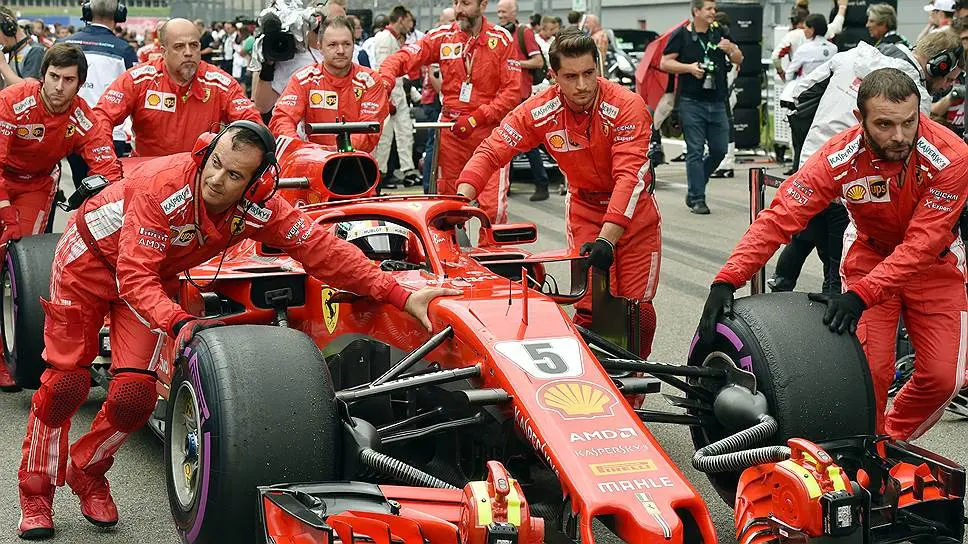
The championship starts in March every year and lasts until November. There is a break of 1-2 weeks between stages. The race is interrupted for about a month in the middle of the season. During the first half, manufacturers already receive information on the shortcomings of their cars, which they have about 30 days to fix. It is not uncommon for this break to radically change the course of the race.
The key point in this competition is not so much the pilot's speed as the tactics that the team will choose. For success, every garage has a dedicated team. Analysts study the tactics of other teams and suggest their own schemes, which they believe will be more successful during all stages. An example of this is the time when the car needs to be driven into the box for changing wheels.
Formula 1 rules (detailed description)
Each team is provided with three free races, which allow pilots to get acquainted with the curves on the tracks, as well as get used to the behavior of the new car, which has received an updated package. The maximum permissible speed of vehicles is 60 km / h.

Before each stage, a qualification is held, according to the results of which the position of the riders at the start is determined. In total, there are three sessions of qualifying races:
- The race runs for 30 minutes, starting at 14:00 Saturday. It is attended by all riders who have managed to register. At the end of the competition, the pilots who came to the finish line last (seven places from the end) move to the very last places at the start.
- A similar race involving other pilots. The goal is the same - to determine the next 7 places after the previous seven closer to the start.
- The last race takes ten minutes. The top ten of the previous race participates in it. The result is that each pilot gets their place on the starting line of the main race.
After the qualification is over, the first ten cars are closed in the boxes. They cannot be adjusted or fitted with new parts. All other competitors are allowed to change tires. In the event of a change in weather conditions (it started raining or vice versa - it became sunny), all participants can change the rubber to a suitable for this type of road surface.
The race starts on the last day of the week. The race takes place along the track, the shape of which is a circle with many difficult turns. The length of the distance is at least 305 kilometers. In terms of duration, an individual competition must not last longer than two hours. Additional time is charged in the event of an accident or temporary stop of the race for other reasons. Ultimately, the maximum race lasts up to 4 hours with extra time taken into account.
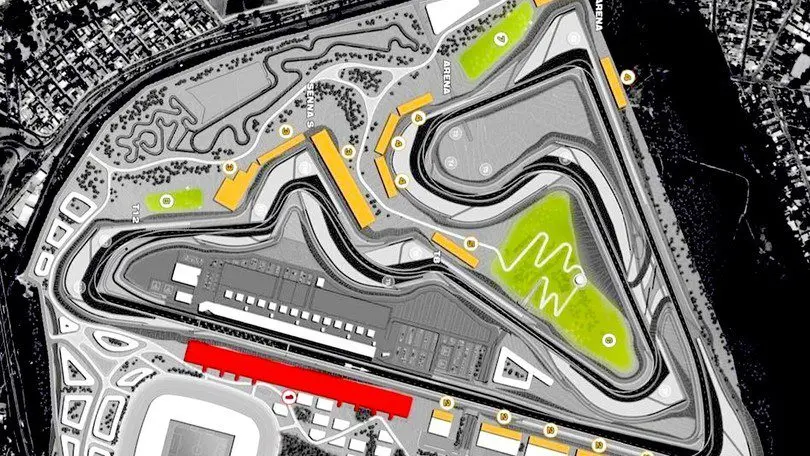
The car is refueled once before the race. It is allowed to replace broken parts or worn out rubber. The rider must drive carefully because the number of pit stops can push him to a lower position, which can cause a less efficient pilot to take the finishing flag. When a car enters the pit lane, it must travel at a speed of at least 100 kilometers per hour.
Sports regulations
This is a term that implies a list of what can be done and what is prohibited for all participants in the competition. The rules are drawn up by the worldwide company FIA Formula1 Championship. The list of rules describes the rights and obligations of riders. Compliance with all rules is monitored by members of the International Motorsport Federation.

Basic Provisions
Formula One - circuit races on several tracks with varying difficulty in cars with open wheels. The competition received the status of the Grand Prix, and in the world of motor sports it is called the "Royal Race", because the pilots show aerobatics on them at high-speed races.
The champion is the one who gets the most points, not the fastest driver on a particular track. If a participant does not appear for the competition, and the reason is not valid, he will be given a serious fine.
Fireballs
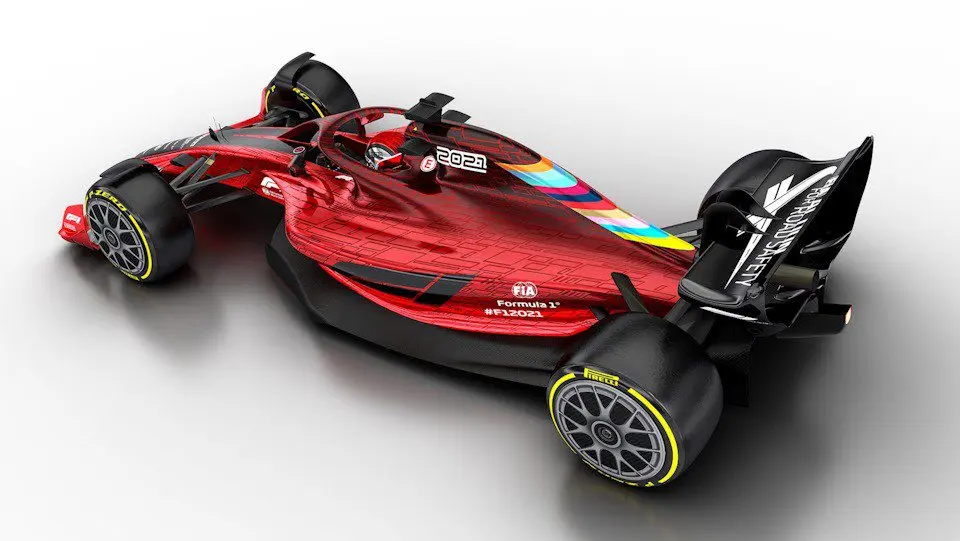
In addition to the rules governing the actions of all participants, there is a framework according to which sports cars are created that are allowed to participate in races. Here's a basic guide for cars:
- The maximum number of cars in the team's fleet is two. There are also two drivers. Sometimes three or four pilots can participate from the team, but there should still be two cars.
- The chassis of the car can be created in the design department of the team. In this case, the car can be equipped with a third-party engine. The assembled vehicle width must be within 1,8 meters, the height must not exceed 0,95 meters, and the weight of the complete equipment (including the driver and full tank) must be at least 600 kilograms.
- The vehicle must be certified for crash safety. The body is lightweight and made of carbon fiber.
- The car's wheels are open. The wheel should have a maximum diameter of 26 inches. The front tire should be a minimum of 30 and a half centimeters wide, and a maximum of 35,5 cm. The rear tire should be between 36 and a half to 38 centimeters wide. Rear-wheel drive.
- The fuel tank must be rubberized to increase impact resistance. It should have several sections inside for greater safety.
- Engines used in this type of transport have 8 or 10 cylinders. Turbocharged units cannot be used. Their volume is 2,4-3,0 liters. Maximum power - 770 horsepower. Engine revolutions should not exceed 18 thousand per minute.
Points system
During the season, 525 points are awarded. Points are awarded only for the first ten places taken. In short, here is how points are awarded to a rider or team:
- 10th place - 1 point;
- 9th place - 2 points;
- 8th place - 4 points;
- 7th place - 6 points;
- 6th place - 8 points;
- 5th place - 10 points;
- 4th place - 12 points;
- 3th place - 15 points;
- 2th place - 18 points;
- 1st place - 25 points.
Points are received by both pilots and teams. Each safety rider also receives points, which are credited to his personal account.
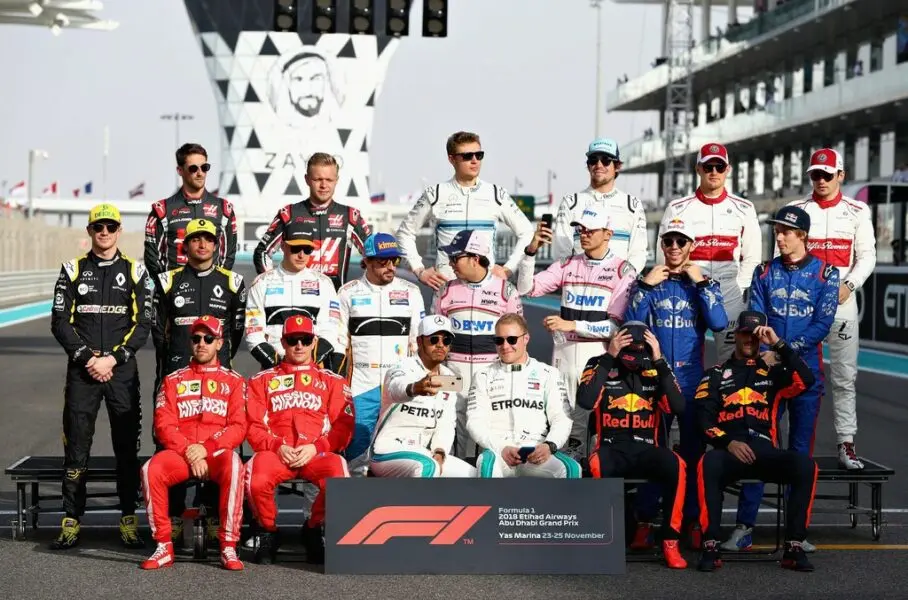
When a team wins, the national anthem of the country that licensed it to compete will be played at the awards ceremony. In honor of the victory of a particular pilot, the anthem of the country of the club for which he played is played. If the countries coincide, the national anthem is played once. However, these details change periodically in individual seasons.
Formula One Tires
Pirelli is the only tire manufacturer for Formula 1 racing. This saves time and money for testing racing models. Each team is allocated 11 sets of dry track tires for one stage, three sets for wet roads, and four intermediate types.
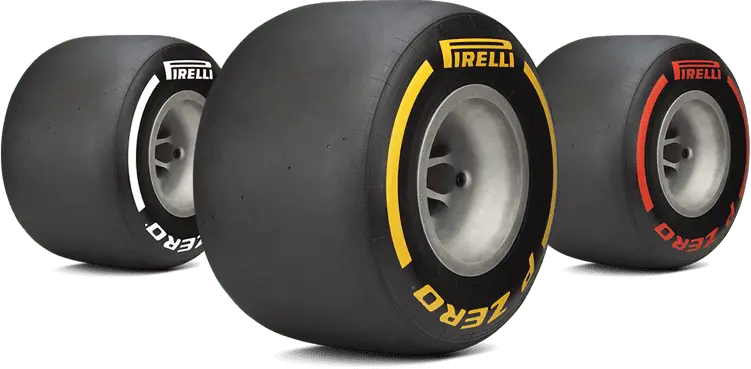
Each type of tire has a special marking, thanks to which the stewards of the controlling company are able to trace whether the team is not violating the race regulations. Categories are marked with the following colors:
- Orange inscription - hard type of rubber;
- White lettering - medium tire type;
- Yellow letters and symbols - soft rubber;
- Red inscriptions are the softest tires.
Drivers are required to use different tire categories throughout the race.
Rider safety
Since cars during races accelerate to speeds exceeding 200 kilometers per hour, collisions often occur on the track, as a result of which pilots often die. One of the worst accidents happened in 1994, when a rising star, Ayrton Senna, died. According to the results of the examination, the driver could not cope with the car due to a broken steering column, which, in a collision, pierced the driver's helmet.
To reduce the risk of death during unavoidable accidents, safety requirements have been tightened. Since that year, each car should be equipped with roll bars, the side parts of the body have become higher.
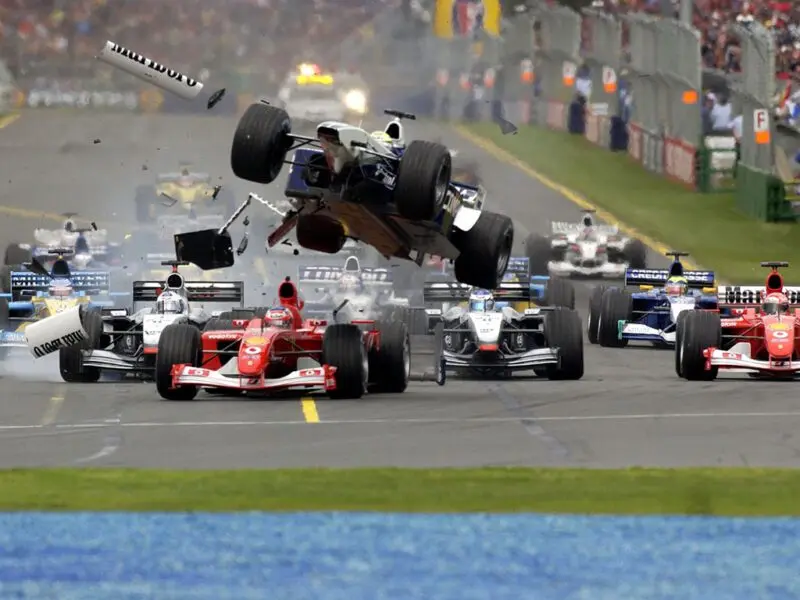
As for the riders' ammunition, special heat-resistant suits, including special shoes, are mandatory. The car is considered safe if the pilot copes with the task of leaving the car within 5 seconds.
Safety car
During the race, there are situations when there is no way to stop the race. In such cases, a safety car (or pace car) drives onto the track. Yellow flags appear on the track, signaling all riders to line up in one line behind the car with flashing yellow signals.
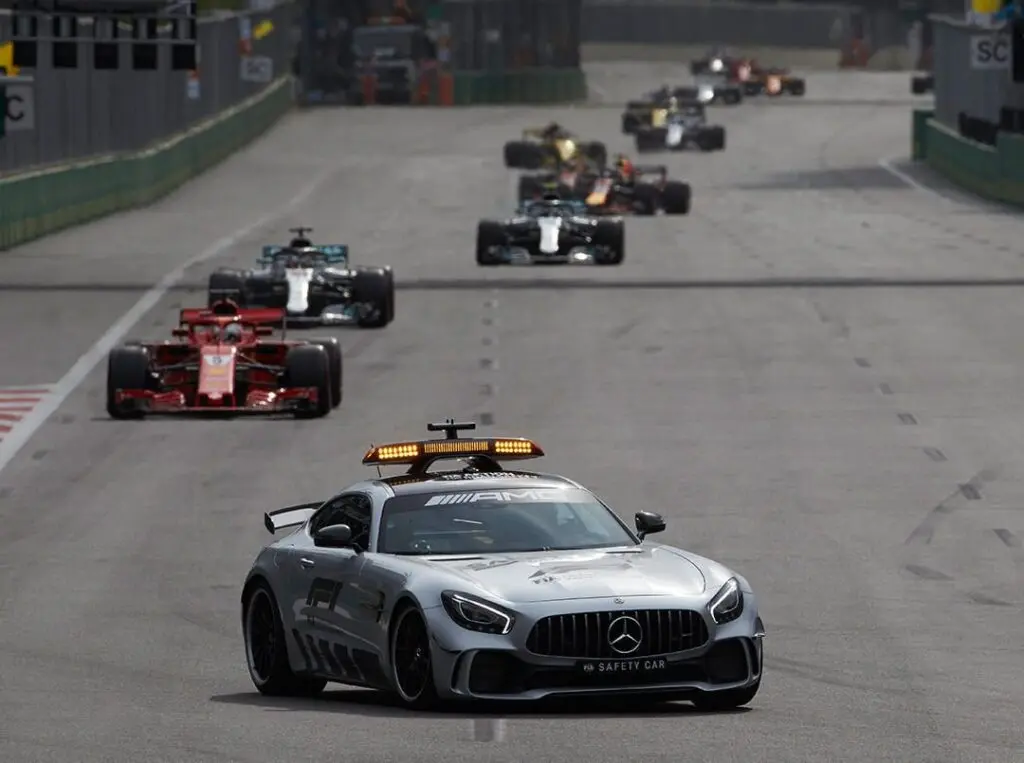
While this vehicle is driving along the track, the riders are prohibited from overtaking an opponent, including a yellow car going in front. When the threat of accidents is eliminated, the pace car completes the circle and leaves the track. The traffic light gives a green signal to warn the race participants that the race has resumed. The green flag gives the pilots the opportunity to press the pedal to the floor and continue the fight for the first place.
Stop the race
According to the F-1 regulations, the race can be completely stopped. To do this, turn on the red light of the main traffic light and wave the flags of the corresponding color. No car can leave the pit lane. The cars stop in accordance with the positions they took at that time.
If the race stops (large-scale accident) when the cars have already covered ¾ of the distance, then after the elimination of the consequences, the race will not resume. The positions occupied by the riders before the appearance of the red flags are recorded and the competitors will be awarded the assigned points.
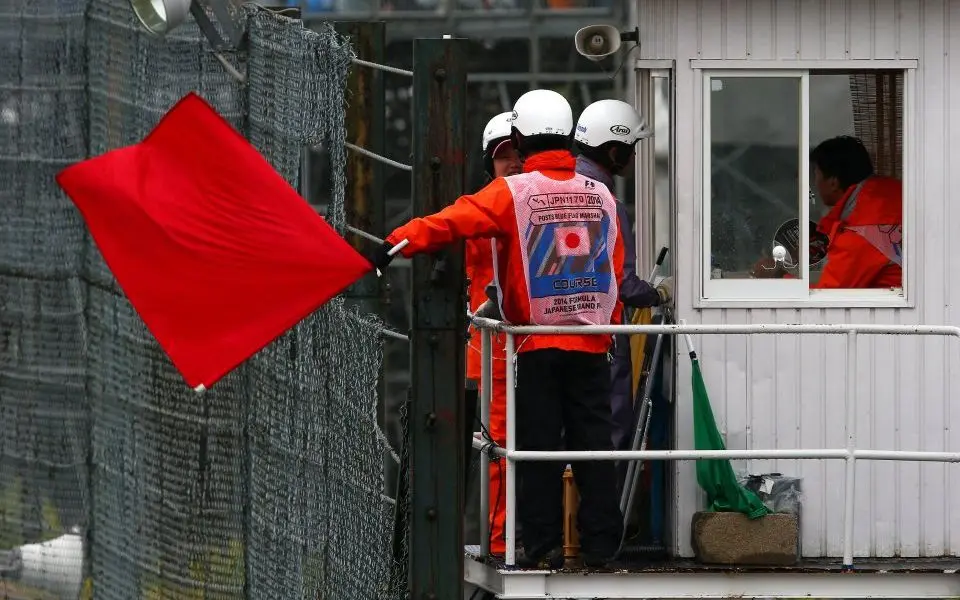
It so happens that an accident happens after one lap, but the leading cars have not yet completed the second lap. In this case, a new start occurs from the same positions that the teams originally occupied. In all other cases, the race is resumed from the positions at which it was stopped.
Classification
Drivers are classified if they have completed more than 90 percent of the laps that the leader has completed. An incomplete number of circles is rounded down (that is, an incomplete circle is not counted).

This is the only parameter by which the winner of all stages is determined. Here's a small example. The leader completed 70 laps. The classification includes participants who have passed 63 rings or more. The leader gets the first place on the podium. The rest take their places according to how many laps have been completed.
When the leader crosses the finish line of the last lap, the race ends and the jury will count the number of laps passed by the other competitors. Based on this, the places in the standings are determined.
Formula 1 flags
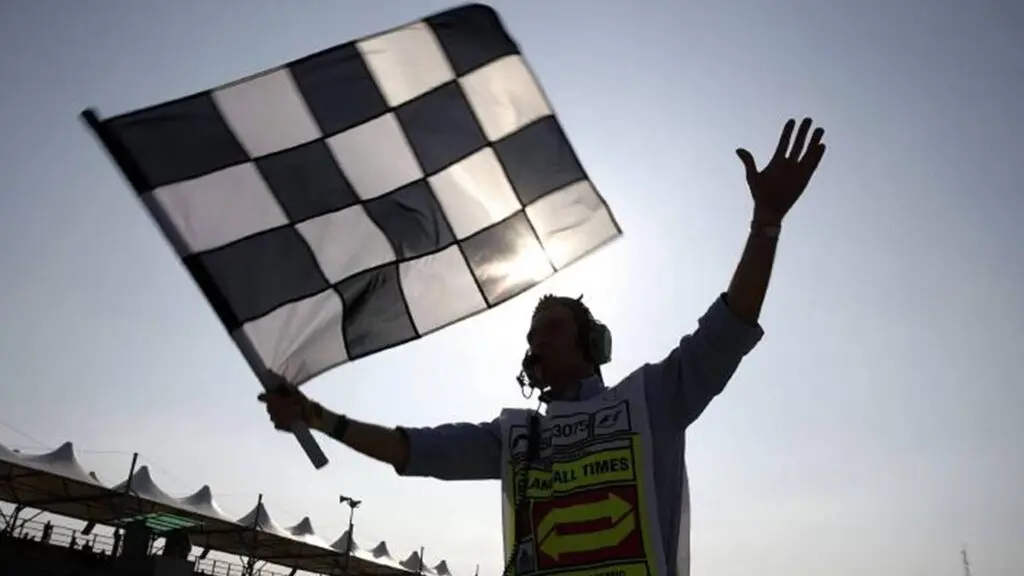
Here are the meanings of the flags that pilots can see during the race:
- Green - race resumption;
- Red - complete stop of the competition;
- Black color - the driver is disqualified;
- Two triangles (black and white) - the driver receives a warning;
- A bold orange dot on a black background - the vehicle is in a dangerous technical condition;
- Black and white checker - completion of the race;
- Yellow (one flag) - reduce speed. Overtaking rivals is prohibited due to the danger on the road;
- Identical color, only two flags - slow down, you can't overtake and you need to be ready to stop;
- Striped flag of yellow and red lines - warning about loss of traction due to spilled oil or rain;
- White color indicates that a slow car is driving on the track;
- Blue color is a signal to a specific pilot that they want to overtake him.
Placing cars on the starting grid
This term refers to the road markings that indicate where the cars should be located. The distance between the sites is 8 meters. All cars are placed on the track in two columns.

Here is the principle behind the construction:
- Seats 24-18 are for riders who are in the bottom seven of the first session of qualifying heats;
- Positions 17-11 are occupied by the last seven riders of the second qualifying session;
- The top ten places are allocated according to the results of the third qualifying heat.
If two riders showed the same time in one of the sessions, then the one who showed this indicator earlier will take the more advanced position. The best position is taken by those riders who started, but did not finish the fastest lap. Next are those who did not have time to complete the heating ring. If a team commits violations before the start of the race, it will be penalized.
Preparing to start
Before the race begins, a preparatory process takes place. Here's what should happen a certain time before the green light of the traffic light:
- 30 min. The pit lane is opened. Fully fueled cars roll out to the appropriate place on the markings (engines do not work). At this point, some riders decide to do an introductory ride, but they must still enter the appropriate position before starting.
- 17min. An audible warning is activated, that after 2 min. the pit lane will be closed.
- 15 minutes. The pit lane is being closed. Those present hear the second siren. If a car does not have time to leave this zone, it will be possible to start only after the entire peloton has passed the first ring. Participants see a traffic light with five red signals.
- 10 min. The board lights up, which indicates the position of each pilot at the start. Everyone leaves the site. Only the pilots, team representatives and mechanics remain.
- 5 minutes. The first set of lamps at a traffic light goes out, a siren sounds. Cars that are not yet on wheels must start from the box where the wheels are being replaced or from the very last position of the grid.
- 3 min. The second set of red lamps goes out, another siren sounds. The pilots get into their cars and buckle up.
- 1 min. The mechanics leave. The siren sounds. The third set of lamps goes out. The motors start.
- 15sec. The last pair of lamps is on. In the event of a malfunction with the car, the driver raises his hand. Behind him is the race marshal with a yellow flag.
Start
When all traffic lights disappear, all cars must pass the first loop, which is called the warm-up loop. The race lasts 30 seconds. Each competitor does not just ride smoothly, but wags around the track to get the most warm tires for better grip.
When the warm-up is complete, the machines return to their place. Further, all the lamps at the traffic light are activated in turn, and suddenly go out. This is the signal to start. If the start is canceled, the green light comes on.

If the car starts moving ahead of time, it is entitled to a 10-second penalty for a false start. This time he will spend another tire change or he drives into the pit lane. In the event of problems with any car, all the others call in again to warm up, and this car rolls back to the pit lane.
It happens that a breakdown occurs during warming up. Then the pace car turns on the orange signal on the roof, after which the start is postponed. When the weather changes dramatically (it starts raining), the start may be delayed until everyone has replaced the tires.
Finish
The race ends with a wave of the checkered flag when the leader crosses his last lap. The rest of the riders stop fighting after they cross the finish line at the end of the current lap. After that, the opponents enter the team's park.

It so happens that the flag is shown earlier than necessary, which can be considered the end of the race, and the leader gets his points based on the laps covered. Another situation - the flag is not shown, although the required distance has already been covered. In this case, the competition still ends in accordance with the highlighted regulations.
Check-in ends after 120 min. (if the race stops, this period is added to the total time) or when the leader has completed all the circles earlier.
Restrictions to enhance entertainment
To add some intrigue to the race, the competition organizers have created an additional rule regarding the use of engines. So, for the entire period (about 20 stages), the pilot can use three engines. Sometimes the team squeezes all the "juices" out of the unit, but does not provide an analogue to replace it, although it is still suitable for a race.
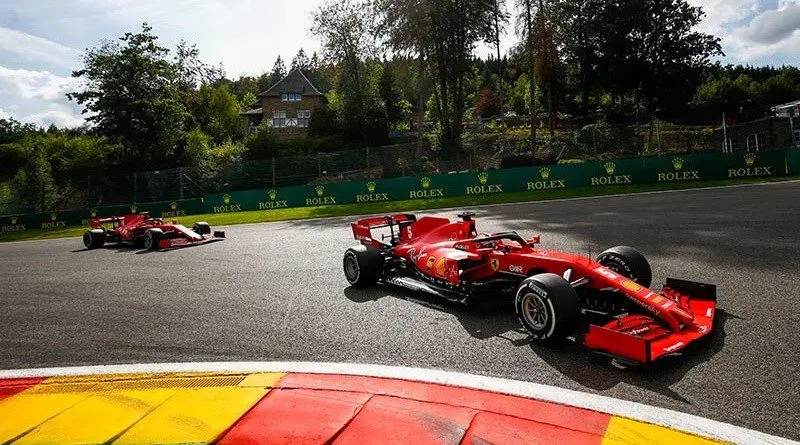
In this case, the rider is charged a penalty. As a punishment for using such a motor, it is moved to the very last position. Because of this, he needs to overtake all rivals. Not entirely fair, but spectacular.
Pilots are the best
The F-1 competition is available exclusively to the best riders. You cannot make it to the Grand Prix with only money. In this case, experience is key. An athlete must have a super license to register. To do this, he must go through the entire career ladder in sports competitions in this category.

So, an athlete must first become the best (any of the three places on the podium) in the F-3 or F-2 competition. These are the so-called "junior" competitions. In them, the cars have less power. The super license is issued only to the one who gets into the top three.
Due to the large number of professionals, not everyone succeeds in making their way to the Royal Races. For this reason, many pilots with a super license are forced to work with less promising teams, but they still have good money due to lucrative contracts.
Even so, the pilot still needs to improve his skills. Otherwise, the team will find another rising star with more perspective in his place.
Here is a short video about the features of the F-1 fireballs:
Questions and answers:
What are Formula 1 teams? The following teams participate in the 2021 season: Alpin, Alfa Romeo, Alfa Tauri, Aston Martin, McLaren, Mercedes, Red Bull, Williams, Ferrari, Haas.
When does F1 2021 start? The 1 Formula 2021 season kicks off on 28 March 2021. In 2022, the season will begin on March 20. The race calendar is scheduled until November 20, 2022.
How is Formula 1 racing going? The race takes place on Sunday. The minimum distance is 305 kilometers. The number of circles is determined depending on the size of the ring. The check-in should last no more than two hours.
